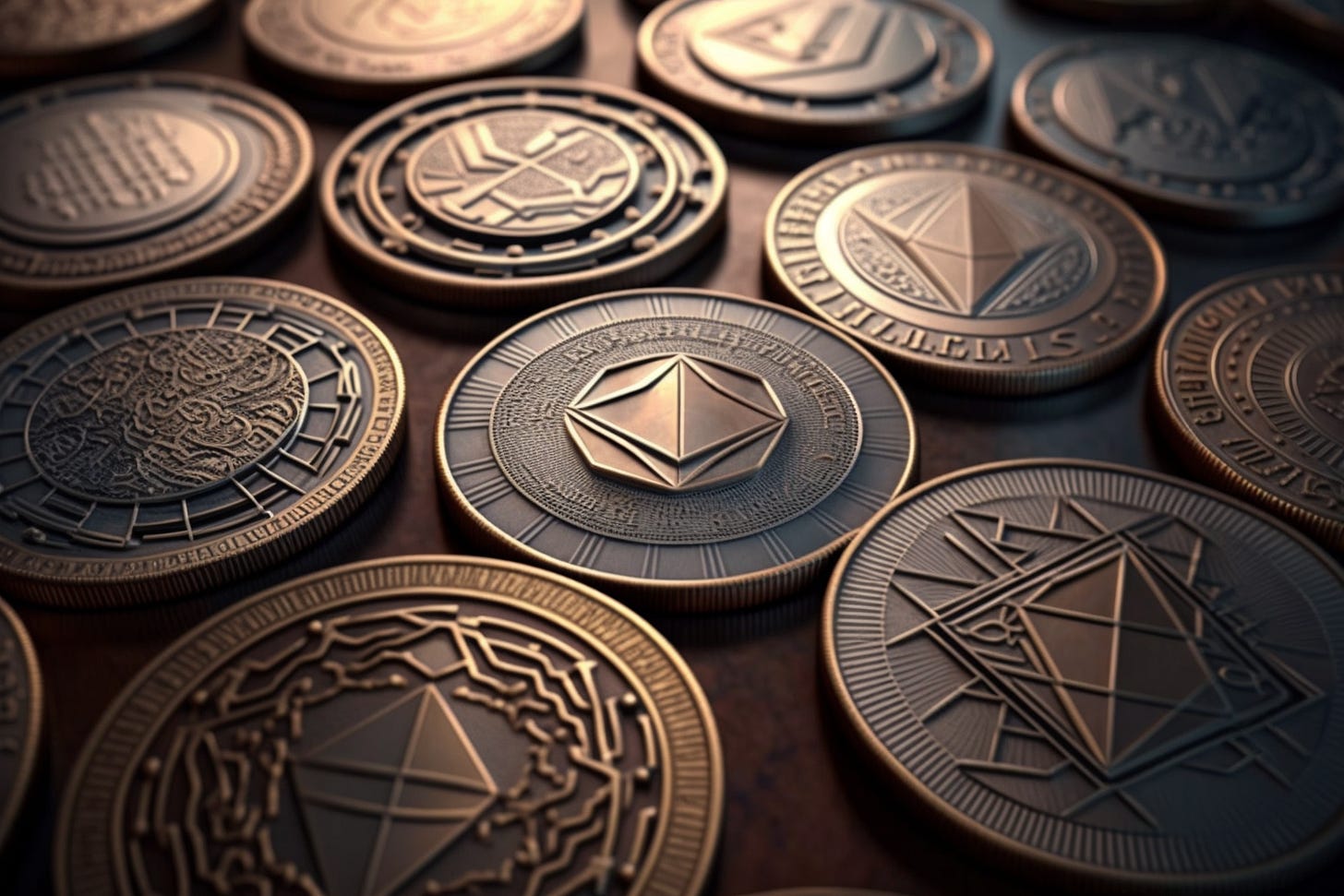What is Altcoin
Exploring the World of Altcoins: Understanding Alternative Cryptocurrencies and their Role in the Digital Economy
Altcoin is a term that is used to describe any cryptocurrency that is not Bitcoin. The word "altcoin" is a combination of two words: "alt" and "coin," where "alt" is short for "alternative" and "coin" denotes a type of digital currency.
Altcoins emerged after the success of Bitcoin, which was the first decentralized digital currency. Bitcoin was created in 2009 by an unknown individual or group of individuals using the pseudonym Satoshi Nakamoto. Since its inception, Bitcoin has been the dominant player in the cryptocurrency market, with a market capitalization that is significantly larger than that of all other cryptocurrencies combined.
However, as Bitcoin's popularity grew, so did the demand for other types of digital currencies that could offer different features and benefits. This led to the creation of altcoins that have their own unique features and characteristics.
Altcoins were created for a variety of reasons, including to improve upon the technology used by Bitcoin, to offer new and unique features, or to target specific markets or use cases. Some popular altcoins include Ethereum, Litecoin, and Ripple.
One of the most notable features of altcoins is that they are often based on decentralized, open-source protocols. This means that anyone can access the source code and make modifications to the underlying technology. This open-source nature of altcoins allows for a high degree of innovation and experimentation, which has led to the creation of numerous altcoins with different features and uses.
Some of the most popular altcoins include Ethereum, Litecoin, and Dogecoin. Ethereum, for example, is a decentralized platform that runs smart contracts: applications that run exactly as programmed without any possibility of downtime, censorship, fraud or third-party interference. Litecoin, on the other hand, is a cryptocurrency that is designed to be faster and more efficient than Bitcoin. Dogecoin, on the other hand, was originally created as a joke but has since gained a significant following and has even been used for charitable causes.
Ethereum, Litecoin, and Ripple all offer a digital means of exchange, they have some key differences in terms of their technology, purpose, and use compared to Bitcoin.
One key difference between Bitcoin and altcoins is the technology they use. While Bitcoin uses a technology called blockchain, many altcoins use different technologies, such as directed acyclic graph (DAG) or proof of stake (PoS). These alternative technologies can offer different benefits, such as faster transaction times or increased security. Ethereum uses a technology called smart contracts, Litecoin uses a technology called Scrypt, and Ripple uses a technology called the Ripple Protocol Consensus Algorithm (RPCA). These alternative technologies can offer different benefits, such as faster transaction times or increased security.
Another key difference is the way in which altcoins are created and distributed. While Bitcoin is created through a process called mining, which involves using powerful computers to solve complex mathematical problems, many altcoins are pre-mined and distributed to their creators and early backers. This means that the distribution of altcoins is often more centralized than the distribution of Bitcoin.
The purpose behind bitcoin and varying altcoins are also different. While Bitcoin was created as a digital currency and store of value, Ethereum was created as a platform for decentralized applications, Litecoin was created as a faster and more efficient version of Bitcoin, and Ripple was created to facilitate global financial transactions. This means that each of these altcoins have their own unique features and advantages, and can be used for different purposes.
Overall, altcoins offer an alternative to Bitcoin and can provide unique benefits and features. However, it's important for potential investors to thoroughly research and understand the technology and economics behind any altcoin they are considering investing in.




